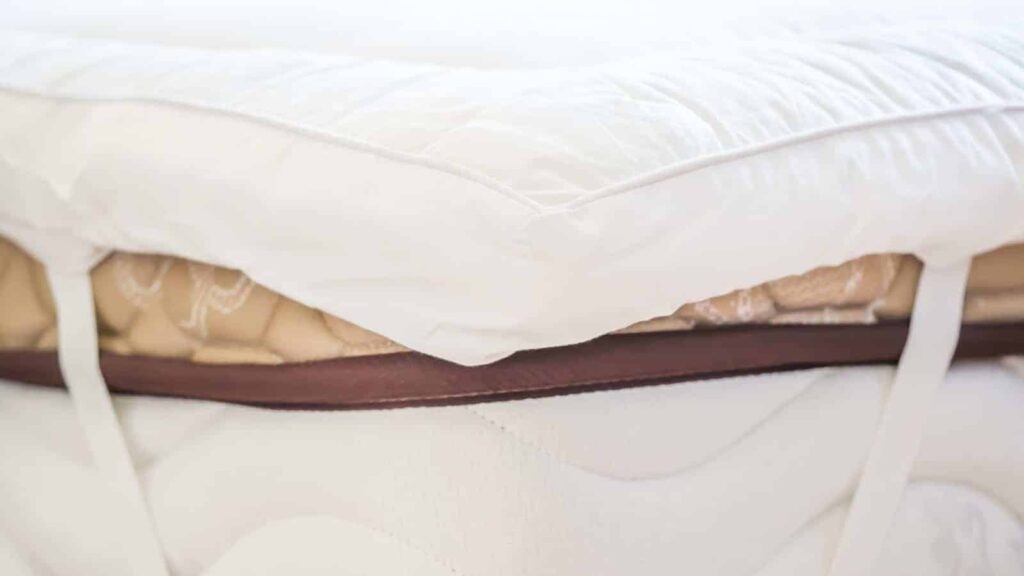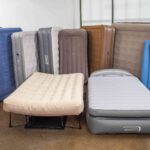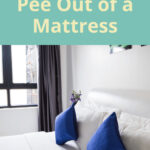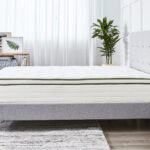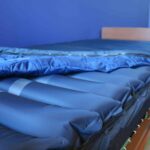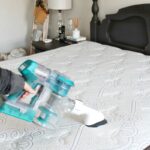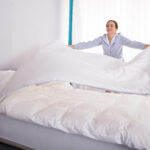Are you struggling with a mattress that is uncomfortable and has inadequate edge support? If so, you are likely looking for ways to add edge support and increase the comfort of your mattress. Adding edge support to a mattress is not as difficult as it may seem, and there are several different options available to help improve the comfort of your mattress and make it more supportive. In this article, we will discuss how to add edge support to a mattress and provide tips to help increase the comfort of your mattress.
What is Edge Support?
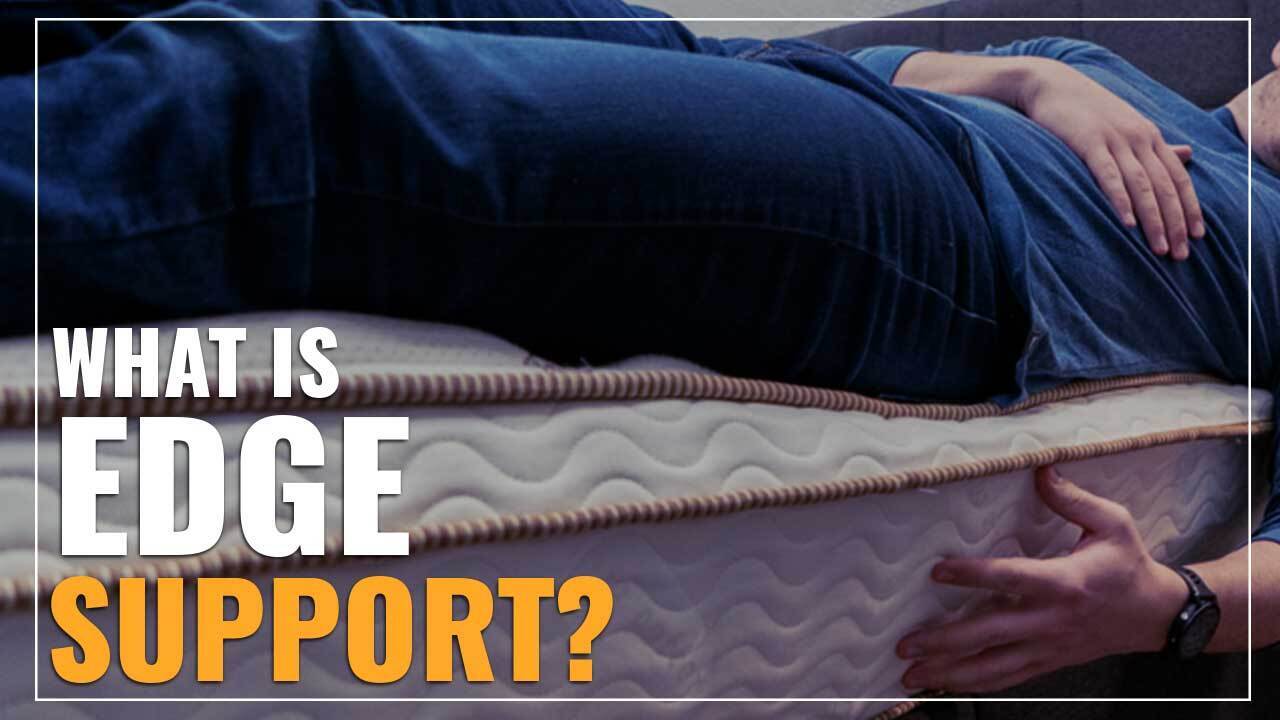
Edge support is an important component of mattress comfort and is designed to provide stability along the edges where people tend to sit or sleep. It prevents the mattress from sagging or rolling off the side and provides extra support when sitting or sleeping near the edge of the mattress. Edge support is most commonly found in foam-based mattresses, but can also be found in innerspring or hybrid mattresses. Edge support is typically provided in the form of reinforced foam or steel coils, and it is important to note that not all mattresses are created equal when it comes to edge support. Some mattresses may only have minimal edge support, while others may have strong edge support. It is important to consider this when buying a mattress, as strong edge support can help increase comfort and overall support.
Benefits of Edge Support
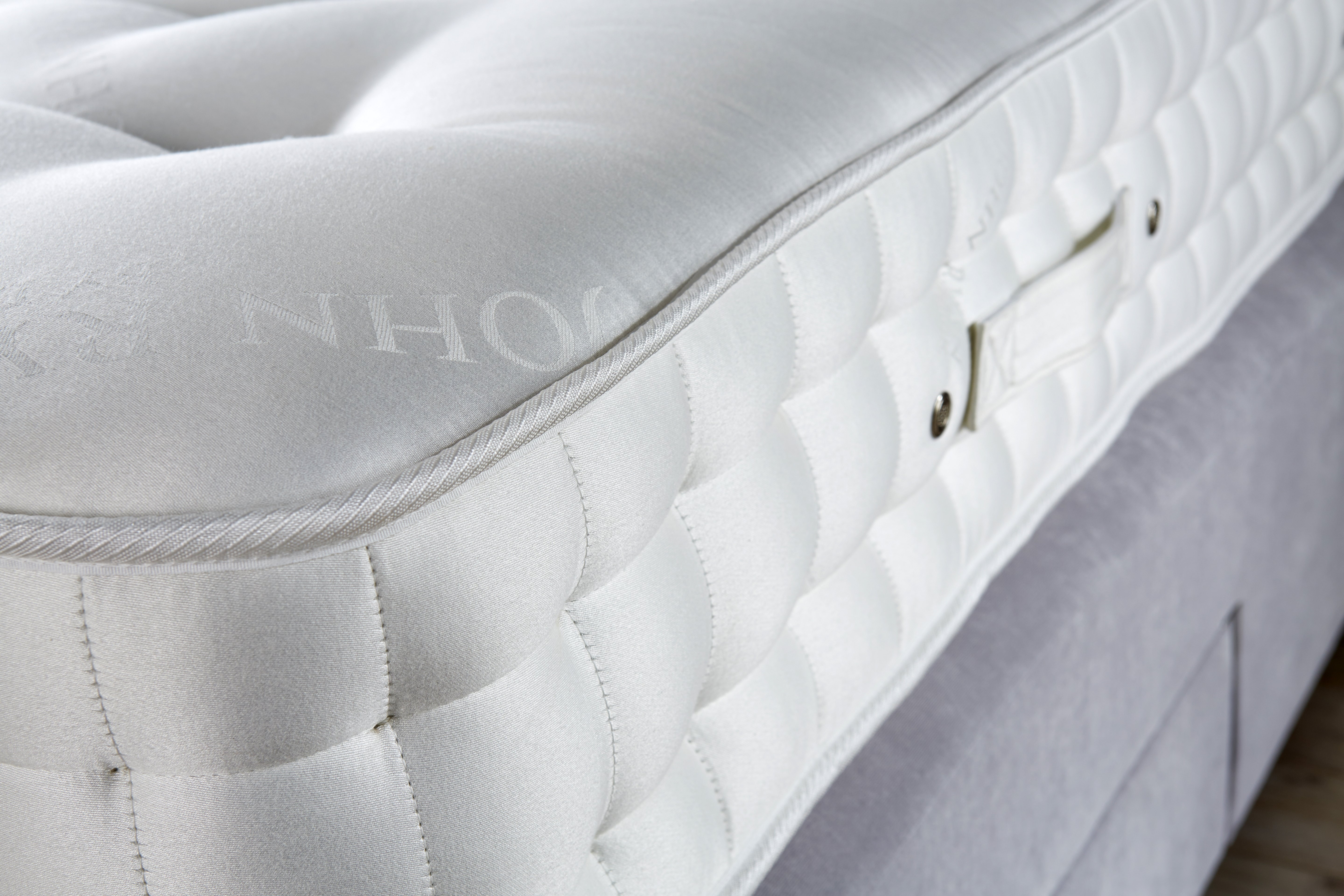
Edge support is an important component of a mattress and can have major benefits on a person’s comfort and sleeping experience. With edge support, the mattress can maintain its shape and structure, and provide better support for the user.
- Improved Comfort: Edge support helps to evenly distribute pressure and body weight throughout the mattress for improved comfort. This helps to reduce the feeling of rolling out of the mattress and can provide extra support for people who suffer from back pain or other joint issues.
- Increased Support: Edge support helps to keep the mattress from sagging and provides extra support around the edges of the bed. This can help to reduce the amount of wear and tear on the mattress over time, making it last longer.
- Enhanced Durability: With edge support, the mattress can maintain its shape and structure, and provide better support for the user. This can help to reduce the amount of wear and tear on the mattress over time, making it last longer.
Edge support can also help to reduce motion transfer, which is beneficial for couples who share a bed. Edge support helps to absorb and reduce movements, reducing disruption and improving sleep quality. Edge support can also reduce the amount of noise from the mattress, making it more comfortable and relaxing.
Different Types of Edge Support
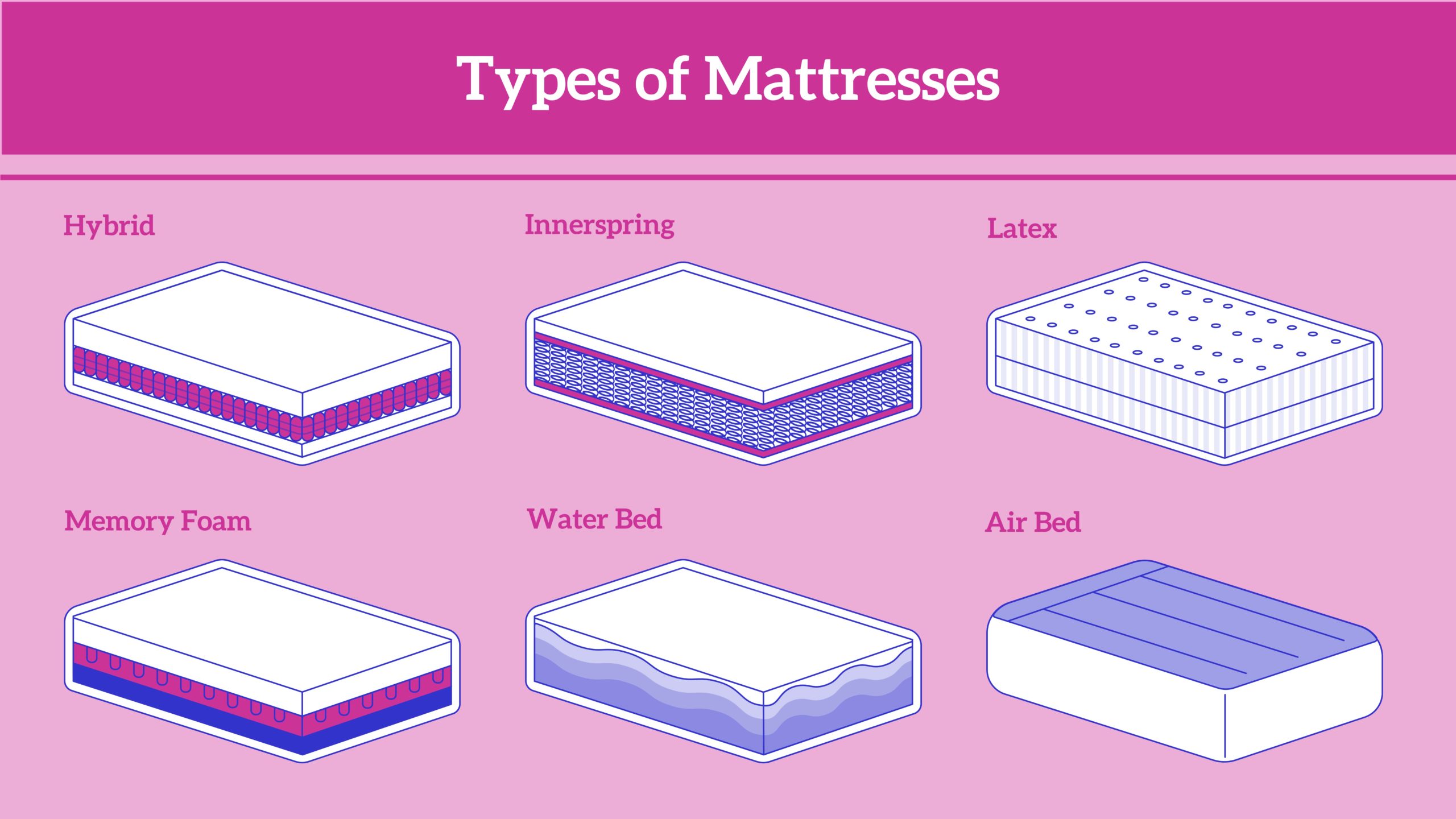
Edge support is an important factor when choosing a mattress to ensure you get the best sleep possible. There are a few different types of edge support available for mattresses, and each has its own advantages and disadvantages.
| Type of Edge Support | Advantages | Disadvantages |
|---|---|---|
| Foam Encased | Improves comfort and increases the usable sleeping surface of the mattress | Can be noisy when pressure is applied |
| Foam-Only Edge Support | Provides firmer support along the edges of the mattress | May sag over time |
| Pocketed Coils | Sturdy support along the edges of the mattress | More expensive than other edge support options |
The type of edge support you choose should depend on your own personal preferences and what type of mattress you have. Be sure to read reviews and speak to a mattress expert to make sure you’re choosing the right type of edge support for your mattress.
Choose the Right Support
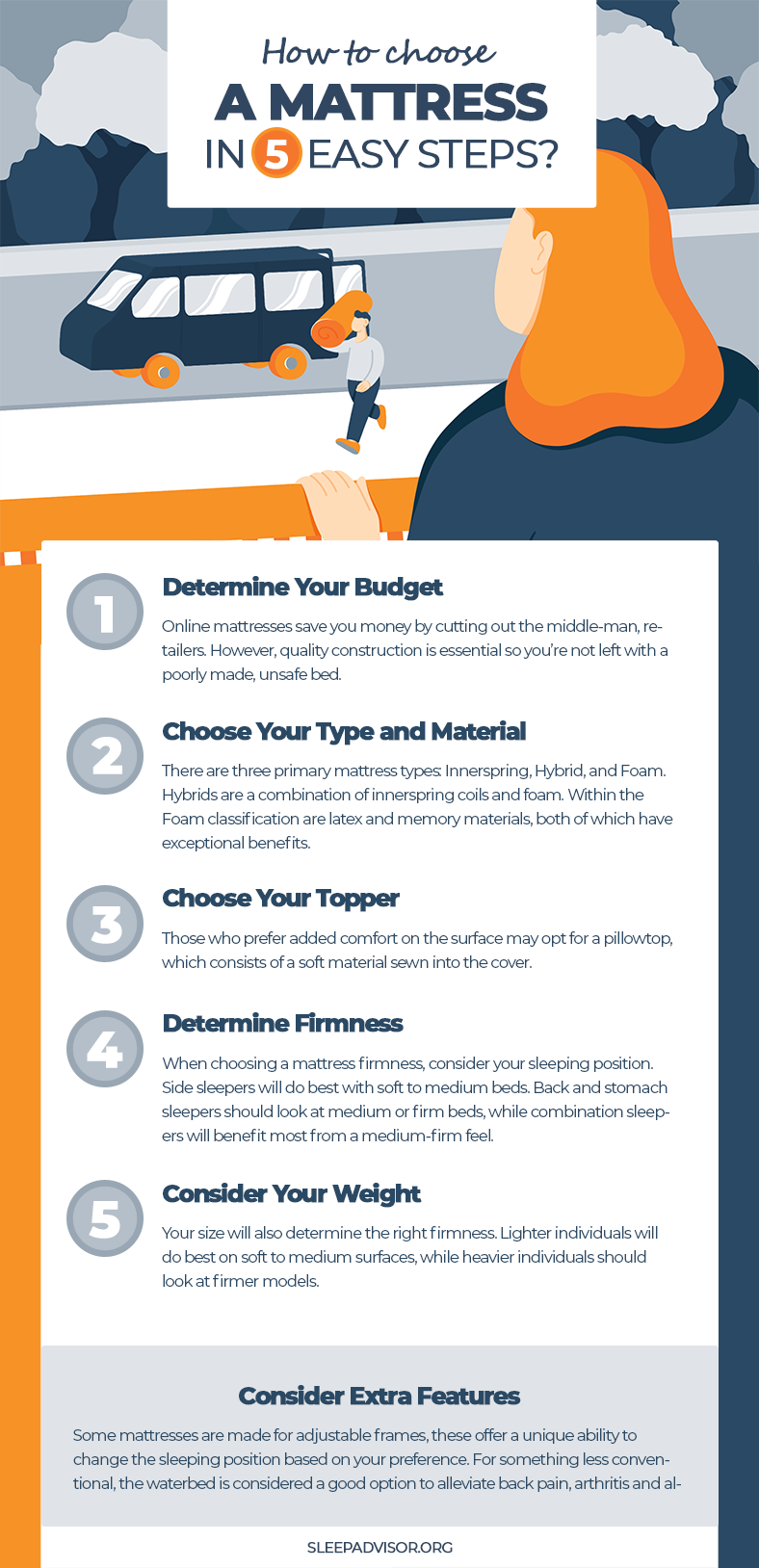
When looking to add edge support to your mattress, it is important to choose the right type of support. The two main types of edge support are internal and external.
Internal Edge Support
| Type | Description |
| Pocketed Coils | A pocketed coil mattress is composed of individually wrapped coils that are connected to each other. This type of support provides extra stability to the edges of the mattress. |
| Foam Encasement | Foam encasement is a type of edge support that is made up of high-density foam that is wrapped around the perimeter of the mattress. This type of edge support helps to reinforce the edges of the mattress and reduce sagging. |
External Edge Support
| Type | Description |
| Wooden Slats | Wooden slats are strips of wood that are placed below the mattress in order to provide extra support. This type of edge support is often used in combination with a mattress topper to provide additional cushioning. |
| Metal Bars | Metal bars are strips of metal that are placed along the edges of the mattress to provide extra support. This type of edge support is often used in combination with a mattress topper to provide additional cushioning. |
When choosing the right edge support for your mattress, it is important to consider the type of mattress you have, the type of support you need, and the amount of cushioning that you require. Once you have identified the type of edge support that is best for your needs, you can then add it to your mattress and enjoy the increased comfort and support.
Add Edge Support to Your Mattress
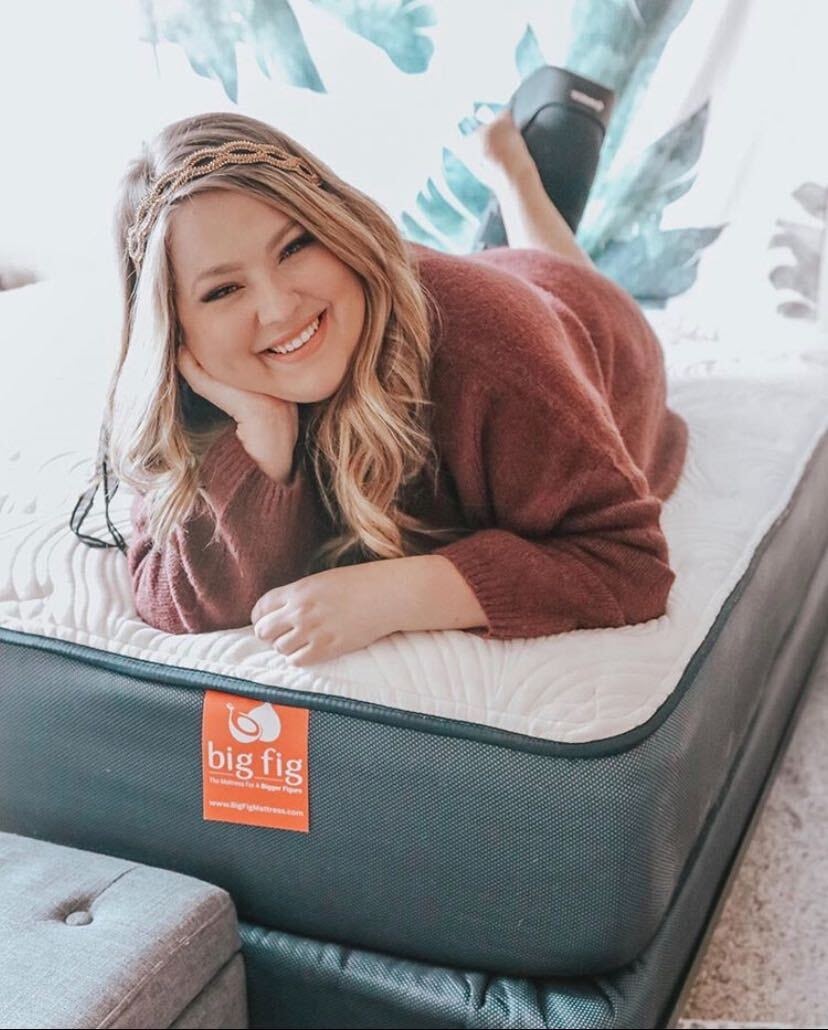
- Reinforce the Edges with Foam: Adding a layer of high-density foam to the mattress edges can provide extra support. This will help increase the lifespan of the mattress, as well as provide a more comfortable sleeping experience.
- Add an Edge Support System: An edge support system is a platform of beams that runs along the perimeter of the mattress to act as a barrier against edge collapse. These systems are available in various sizes and materials, and can be custom-fitted to your mattress.
- Install a Mattress Topper: Adding a mattress topper to your mattress can also provide extra edge support. Mattress toppers come in a variety of materials, such as memory foam, latex, and even airbeds. The topper will provide additional cushioning and support, while also helping to reduce motion transfer.
- Use a Mattress Protector: Using a mattress protector can help to protect the edges of the mattress from wear and tear. Mattress protectors come in a variety of materials, such as quilted, waterproof, and breathable fabrics.
Increase the Comfort of Your Mattress
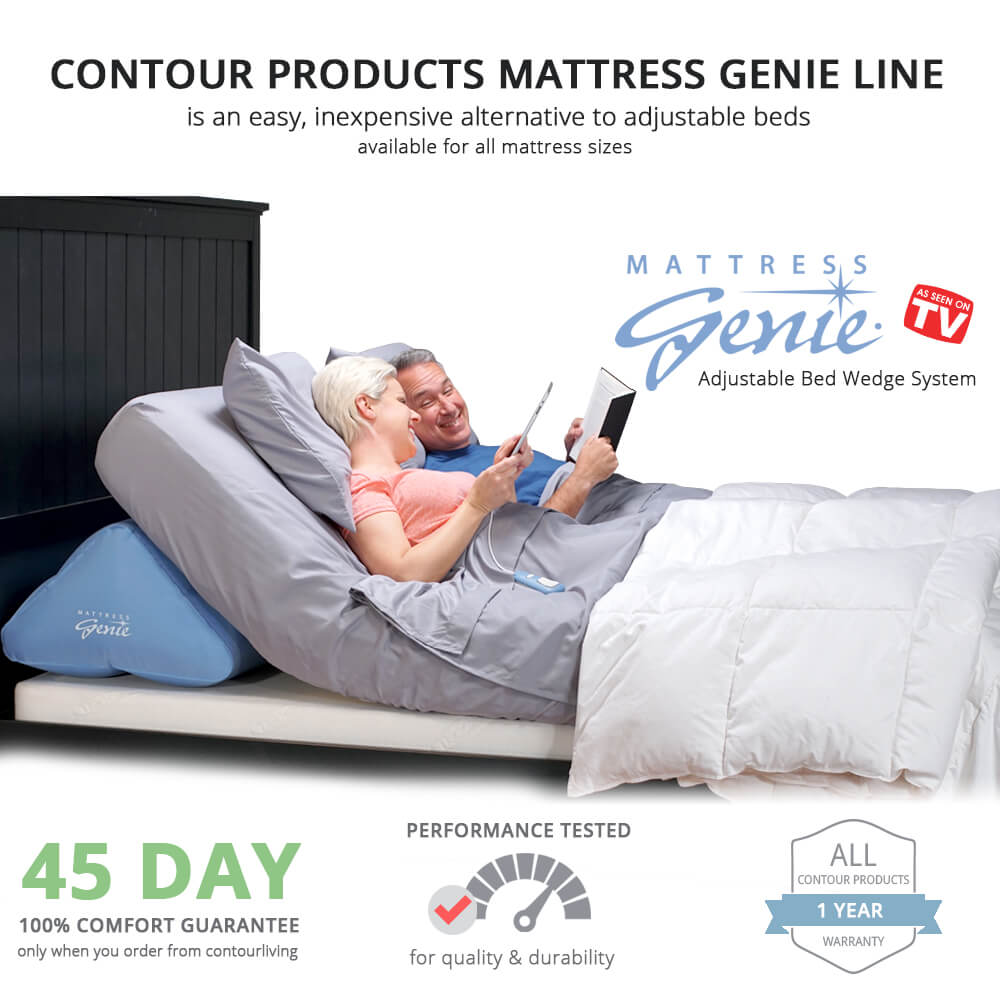
- Choose the Right Mattress – Look for a mattress that is specifically designed to meet your individual needs and preferences. Different mattresses offer different levels of comfort and support.
- Check the Firmness – Make sure that the mattress is not too firm or too soft for your body type and sleeping style. The right mattress should be firm enough to provide support, but soft enough to cushion your body.
- Add a Topper – A mattress topper can help provide extra cushioning and support. Memory foam and latex toppers are popular options that offer superior comfort and support.
- Invest in a Mattress Protector – A mattress protector can help protect your mattress from spills, dust, and dirt. It can also help keep your mattress clean and free of allergens and bacteria.
- Adjust the Temperature – Many mattress companies offer cooling or heated mattresses that can help keep your body temperature regulated during the night. This can help ensure that you get a good night’s sleep.
Consider Other Mattress Accessories
| Accessories | Benefits |
|---|---|
| Mattress Topper | Adds cushioning, increased comfort and support |
| Mattress Protector | Protects mattress from stains, dust, and allergens |
| Mattress Pad | Adds extra cushioning and comfort |
| Firm Pillow Top | Provides extra firmness and support at the edge of the mattress |
| Mattress Frame | Provides additional support for the mattress and helps to keep it in place |
Besides edge support, there are other mattress accessories that can help add comfort and support to your mattress. A mattress topper can add cushioning and support, a mattress protector can protect from stains and allergens, a mattress pad can add extra cushioning, and a firm pillow top can provide extra firmness and support at the edge of the mattress. Additionally, adding a mattress frame can provide additional support and keep the mattress in place.
Frequently Asked Questions
What type of mattress is best for edge support?
Innerspring mattresses are generally the best choice for edge support as they provide more resilient support and a firmer feel. They also have a pocketed coil system that helps to evenly distribute weight and provide additional support. Memory foam mattresses can provide good edge support, but the support may be less consistent due to the soft nature of the material. Latex mattresses are also a good option for edge support due to their natural resilience and bounce.
- Innerspring mattresses
- Memory foam mattresses
- Latex mattresses
How can I tell if my mattress has adequate edge support?
To check if your mattress has adequate edge support, sit on the edge of it. If it feels stable, then your mattress has enough edge support. If it feels unstable or bouncy, then it is likely that you need to add more support. You can also check the mattress’s warranty to see if it indicates if it has adequate edge support. If not, then you should consider adding an edge support system to your mattress.
What are some strategies for increasing the comfort of my mattress?
Rotate and flip the mattress: Rotating and flipping your mattress regularly can help to evenly distribute the wear and tear of the mattress over time. This will help to ensure that the mattress remains comfortable for a longer period of time.
Add a mattress topper: Adding a mattress topper can provide extra cushioning and support, making your mattress more comfortable.
Replace old mattresses: Over time, mattresses will become less comfortable as they wear down. If your mattress is more than seven years old, it may be time to replace it.
Choose the right mattress: Choosing the right mattress can make a big difference in the comfort level of your bed. Consider your sleeping position, body type, and mattress firmness preferences when buying a mattress.
Are there any special considerations for side sleepers when it comes to edge support and comfort?
Side sleepers require additional support to keep their spine in alignment when sleeping on their sides. Edge support can be beneficial for side sleepers, as it helps provide more support around the body’s mid-section and keeps the mattress from sagging. To provide additional edge support for side sleepers, consider adding a firm foam layer to the mattress edge or using a mattress topper that is specifically designed for extra edge support. Additionally, side sleepers may benefit from a mattress with a thicker comfort layer to provide extra cushioning and support.
What are the Benefits of a Mattress with Good Edge Support?
- Improved Comfort: A mattress with good edge support will provide improved comfort, as it will prevent sagging and the feeling of rolling off the bed.
- Longer Lifespan: A mattress with good edge support will last longer, as it will be less likely to experience softening or sagging in the middle over time.
- More Sleeping Space: A mattress with good edge support will provide more sleeping space, as it will not sink in around the edges.
- Reduced Back Pain: A mattress with good edge support can reduce back pain, as it will provide more support along the edges of the bed.
- Noise Reduction: A mattress with good edge support will reduce noise, as it will prevent creaking and squeaking when moving around in bed.
Conclusion
Adding edge support to your mattress is a great way to increase overall comfort and support. Edge support can be added by purchasing a foam mattress topper, memory foam mattress pad, or mattress encasement. These products can help to provide better support for your back, shoulders, and neck and can also help to reduce motion transfer. Additionally, making sure that your mattress is properly supported is essential for optimal comfort and longevity.
